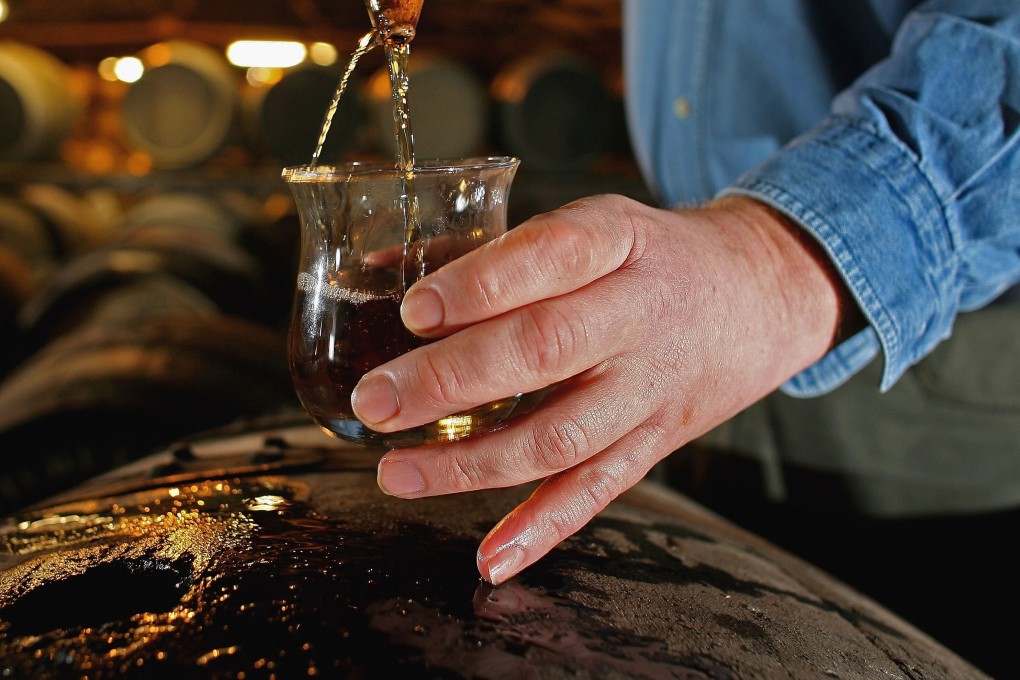Eight Scottish single malts from the Isle of Islay that are in high demand and short supply
- Despite being just over 40 kilometres (25 miles) long, Islay is home to several distilleries – here is the pick of the bunch
- The most distinctive are known for their salty maritime flavours – earthy, peaty, smoky and robust

Scottish single malt whiskies are grouped by region, each of which has its own character. The most distinctive are the single malts of Islay island, known for their salty maritime flavours: earthy, peaty, smoky and robust with a medicinal tinge of iodine. Today, they are in short supply due to high demand and scant production in previous decades, having fallen out of fashion in the 1980s as drinkers’ preferences shifted to white spirits.
Ardbeg
Despite a history going back to 1794, Ardbeg closed in the early 80s. When it reopened, in the 90s, it used malt from Port Ellen rather than its own. Its 10 Year Old is a lovely introduction, with its briny, iodiney nose and not too overwhelming peatiness.
Bowmore
Founded in 1779, Bowmore uses water from the River Laggan, which flows over iron-tinged rocks, giving it a unique taste. Unusually, the area’s sandy peat is crumbled before being fired to create more smoke and give the whisky an earthy sweetness with heather and spice. Its best introductory malt is the Legend, which has no age statement and is approachable and fresh. The top drop is the 17 Year Old, which has a nice nuttiness to balance the medicinal characteristics and a creamy, yet slightly astringent finish.

Bruichladdich
Pronounced “brook laddie”, the distillery was founded in 1881 on Loch Indaal. The whisky is light, with floral, heathery and not too peaty flavours. The best offering is the 15 Year Old, with its slightly salty palate, seaweed and floral notes and lovely warming finish.
Bunnahabhain
The name is a tongue twister, pronounced “boona hav’n”, meaning “mouth of the creek”. The house style is fresh, with a slightly sweetish aroma, nutty and herbal notes, a salty finish and probably the least peat of all Islay malts.
Located in a remote cove, the distillery has a kerb to prevent visitors’ cars rolling into the sea, and a ship’s bell by the door to summon the manager. It uses water that rises through limestone and is piped to the distillery without picking up any peat flavours. Its 12 Year Old is the most readily found and has a fresh sea air aroma with a nutty maltiness.
Caol Ila
Pronounced “cull eela”, the Gaelic for “sound of Islay”, where the distillery is located. It has long been sought after by collectors for its unique slightly oily, juniper palate. The water from which the malt is made is quite salty and minerally as it is drawn from limestone.
